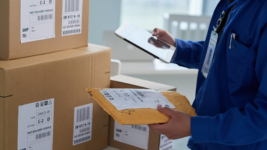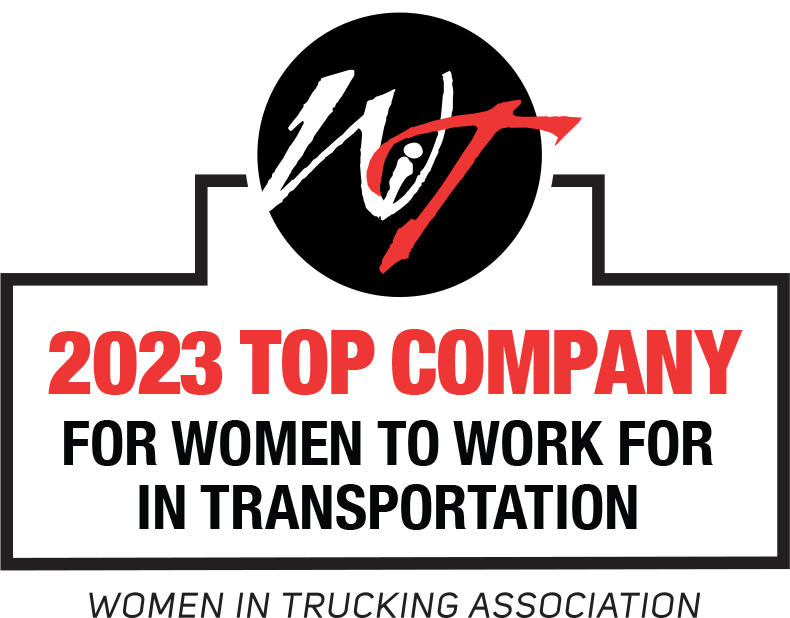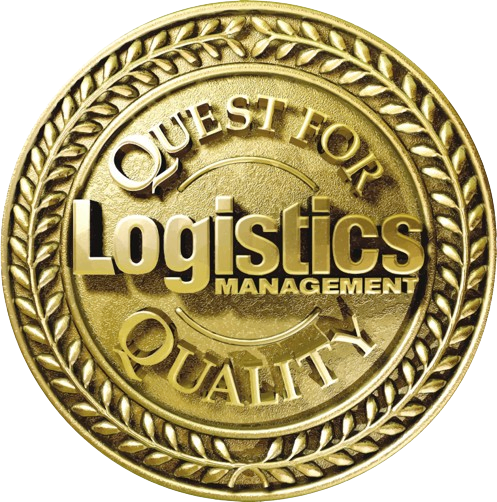Did you get an unwanted Christmas present last month?
Chances are the answer is yes, because according to recent research from Optoro, approximately $173 billion worth of all gifts that were received in the United States during the 2023 holiday season will wind up being returned.

With 2024 already in full swing, we can’t shed much light on how you can make this post-holiday returns season easier for your company. However, we can share a few suggestions to pave the way for a considerably smoother and less costly post-holiday returns season next year – all with the help of this handy acronym.
Revisit your product pricing.
When calculating a product’s total landed cost, it’s clearly important to focus on the expense of getting that product to end users. However in order to fully protect your bottom line, you should also remember to factor in exactly how much it will cost to get that product shipped back and how often that’s likely to occur, especially during the holiday season, when a higher percentage of products are returned and extra peak charges apply. And in order to protect your future sales, you should carefully weigh the pros and cons of folding that average returns cost into your product’s price rather than charging customers for return shipping — because 51% of online shoppers say they’ll avoid doing businesses with you again if their returns aren’t “free.”
Exchange manual returns processes for automated ones.
Although there’s no such thing as a perfect returns process, many of today’s POS systems will enable your company to come pretty darned close, at least in terms of getting returns received and processed correctly – and ensuring that customers’ refunds or product exchanges are issued/sent out ASAP. That customer service agility is worth its weight in gold when you consider that 42% of consumers say that they equate a difficult exchange/return policy with a poor omnichannel shopping experience – and 90.5% of consumers say they’ll switch from one brand to another after just one negative customer service experience.
Treat your online store as the first line of defense against excessive returns.
You probably know this already. But two of the most commonly cited reasons for e-commerce returns are, “product didn’t fit” or “product wasn’t as described.” Just as better fences make better neighbors, a website that clearly and accurately communicates the true dimensions, appearance and quality of the products it sells could go a long way toward preventing many cases of buyers’ remorse. Remember this as you’re processing returns this season, bearing in mind that when an especially high percentage of certain SKUs find their way back to your fulfillment centers, it could mean that the online promos for those SKUs deserve a makeover.
Understand when it’s better to give rather than receive (back).
As returns costs continue to rise, the opportunity to make a profit on the future sale of a returned product significantly diminishes – or disappears altogether. In light of this, make sure you’ve crunched the latest returns-related, break-even numbers on all of the products you sell, because chances are good that more of these products might be better suited for a “keep it rather than ship it back” policy than you initially thought.
Reduce the number of “see you again soon” products that get shipped out.
Products that are defective or damaged are invariably going to be sent back, which is why it pays to weed them out of your fulfillment stream early in the game. Make detailed product inspection a standard operating practice at all of your fulfillment centers, both when you’re receiving new shipments and when items are being picked and packed. In addition, be sure to carefully inspect all of your product packaging, because if a customer receives an item in a box or crate that’s crushed, ripped or dirty he or she will often conclude that the product inside it is equally damaged, even if it’s not. While these inspections may require a larger outlay of time and money on the front end, they’ll more than pay for themselves in the form of reduced returns.
Negotiate return shipping rates with your parcel carriers.
If you think that your contractual outbound parcel shipping rates automatically apply to your return parcel shipments, think again. Returns aren’t always included in standard carrier contracts, which leaves the door open for carriers to charge the going (read: higher) consumer rate for any package that’s being shipped back to your company. If you do nothing else after reading this article, check the fine print on your parcel carrier contracts to see if return shipments are included in your rate agreements. If they’re not, get your carrier rep on the phone, stat.
Spell out your returns policies and procedures clearly, even if the truth isn’t pretty.
While researching this article, we heard countless returns horror stories. One colleague talked about how she returned several hundreds of dollars’ worth of product but could only get a merchandise credit because the retailer said “she’d spent too much to merit a refund.” Another spoke of how it took him nearly two months to get a refund for an item he’d returned less than two days after receiving it. These stories were often followed by some comment like, “I wish I’d known that beforehand,” and, “I’ll never buy from that retailer again.” Whether your returns policies and procedures are simple and customer-friendly or multi-step and multi-hoop, make sure your customers are aware of what their returns options will be – and how to exercise them – up front. Also, keep them in the loop about how long the returns process will take, especially if it’s longer than the industry average. Otherwise, you risk losing a customer as well as a sale.
There are far more suggestions we could share, including:
- color-coding your returns packaging so that your fulfillment team immediately knows whether the item inside should be refurbished, restocked or disposed of
- looking into the possibility of hiring a 3PL that specializes in processing customer returns
- and choosing a different, lower-priced parcel carrier than the one you use for outbound fulfillment to ship your product returns









